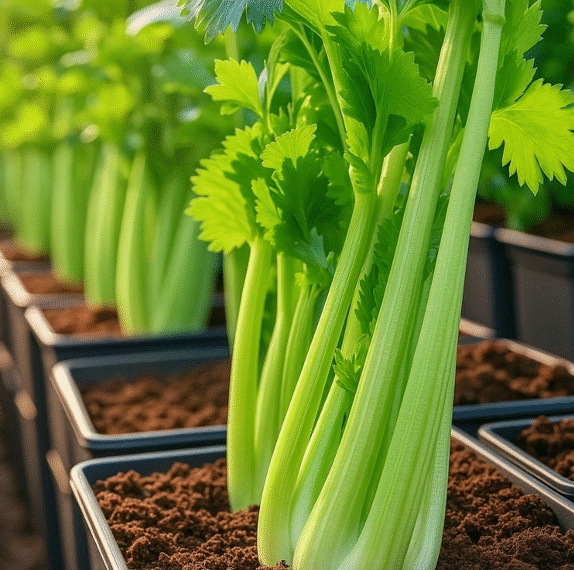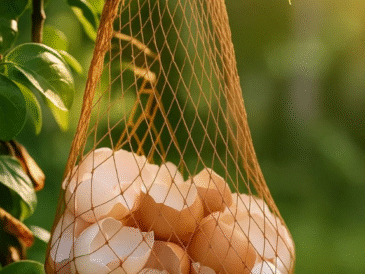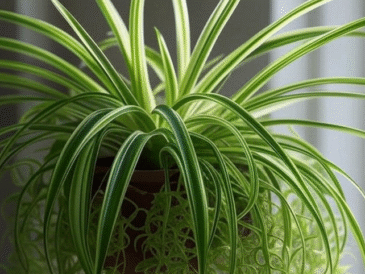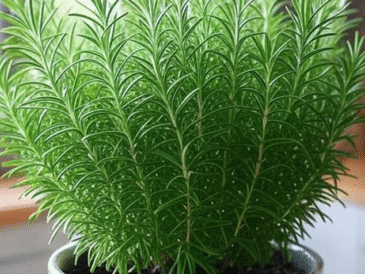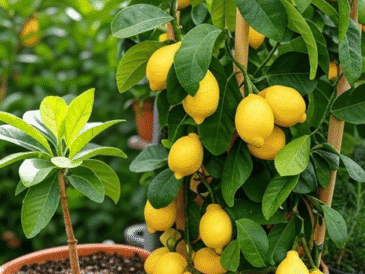Growing your own vegetables is a rewarding way to ensure access to fresh, flavorful produce while embracing a more sustainable lifestyle. Among the many vegetables you can grow at home, celery stands out for its crisp texture, refreshing flavor, and versatility in the kitchen. Even better, you don’t need a large backyard to grow celery—container gardening makes it accessible to anyone, including apartment dwellers and small-space gardeners.
This detailed guide will walk you through every step of how to grow celery at home in containers, using proven methods and practical advice. Whether you’re new to gardening or looking to expand your container garden, this guide will help you cultivate healthy, productive celery plants with ease.
Why Grow Celery in Containers?
Container gardening offers flexibility and convenience, especially for people with limited outdoor space. Celery, which thrives in moist and fertile soil, adapts well to container environments when given proper care. Growing celery in containers allows you to:
- Control soil quality and moisture levels
- Move plants to optimize sunlight exposure
- Reduce weed problems and pest infestations
- Grow fresh produce on balconies, patios, or windowsills
Step 1: Selecting the Right Container
Choosing the right container is the first essential step in successfully growing celery.
Container Size and Material:
- Opt for a container that is at least 8 inches deep and 12 inches wide.
- Celery has a shallow yet spreading root system, so it needs sufficient surface area for optimal root development.
- Materials like plastic, ceramic, or clay are all suitable, as long as they are durable and weather-resistant.
Drainage:
- Ensure good drainage by choosing containers with multiple holes at the bottom.
- This prevents water from pooling, which can lead to root rot and other issues.
Step 2: Preparing the Ideal Soil Mix
Healthy soil is the foundation of a productive celery plant. A nutrient-rich, moisture-retentive soil mix will encourage steady growth and robust stalks.
Soil Composition:
- Use a high-quality potting mix blended with well-rotted compost.
- Avoid using garden soil directly, as it may compact and hinder drainage in containers.
pH Level:
- Celery prefers a slightly acidic pH of 6.0 to 6.5.
- Test the soil with a simple pH testing kit and adjust with lime (to raise pH) or sulfur (to lower pH) as needed.
Fertilization:
- Mix in a slow-release, balanced fertilizer at the time of planting to provide essential nutrients over time.
Step 3: Planting Celery from Seed
Celery has a long growing season and requires early planning.
Starting Seeds Indoors:
- Start seeds indoors 10–12 weeks before the last frost date in your area.
- Use seed trays or small pots filled with moist potting mix.
- Lightly cover the seeds with soil; celery seeds need light to germinate.
Germination Tips:
- Keep the soil consistently moist and maintain a temperature of around 70°F (21°C).
- Germination can take 2–3 weeks, so be patient and maintain steady conditions.
Transplanting to Containers:
- When seedlings are about 2 inches tall and have a few true leaves, transplant them into the prepared container.
- Space seedlings 6 to 8 inches apart to allow for mature growth.
Step 4: Daily Care and Maintenance
Once your celery is in its container, ongoing care is key to a successful harvest.
Watering:
- Celery requires consistent moisture. Keep the soil evenly moist but not soggy.
- Water at the base to minimize the risk of fungal diseases on the leaves.
Sunlight:
- Place your container in a spot that receives 6–8 hours of sunlight per day.
- If growing indoors, use a south-facing window or supplement with full-spectrum grow lights.
Feeding:
- Apply a liquid fertilizer every 2–4 weeks to encourage steady leaf and stalk development.
- Choose a balanced NPK fertilizer or one slightly higher in nitrogen for leaf growth.
Pest and Disease Management:
- Check regularly for pests like aphids, slugs, and spider mites.
- Use organic pest control solutions such as neem oil, insecticidal soap, or hand-picking pests when needed.
- Keep foliage dry and ensure good air circulation to minimize fungal issues.
Step 5: Harvesting Celery
After months of care, harvesting celery is your reward.
When to Harvest:
- Celery is typically ready to harvest 85–120 days after transplanting, depending on the variety and conditions.
- Stalks should be thick, upright, and bright green before harvesting.
How to Harvest:
- You can cut individual stalks from the outside as needed or harvest the entire plant by cutting it just above the soil line.
- Use a sharp knife or garden shears for clean cuts.
Best Time to Harvest:
- Morning harvests offer the best flavor and texture, as plants are fully hydrated.
- Store harvested celery in the refrigerator to retain crispness and freshness.
Tips for Success
- Mulch the soil surface with straw or shredded leaves to retain moisture and reduce evaporation.
- Blanch celery stalks by wrapping them in newspaper or cardboard two weeks before harvest to reduce bitterness, if desired.
- Rotate the container slightly every few days to ensure even sunlight exposure and symmetrical growth.
Frequently Asked Questions
Can I grow celery from store-bought stalks?
Yes, you can regrow celery from the base of store-bought stalks by placing it in water until roots form, then transplanting it into soil. However, for best results and full-size plants, growing from seed is recommended.
How long does it take to grow celery in containers?
From seed to harvest, the process takes about 4–5 months, depending on your climate and care routine.
Does celery regrow after cutting?
Yes, you can harvest outer stalks while allowing the center to continue growing, extending your harvest over time.
Final Thoughts
Growing celery in containers is an achievable project for gardeners of all experience levels. With a bit of planning, the right container setup, and consistent care, you’ll be enjoying homegrown celery straight from your patio, balcony, or windowsill.
Container gardening makes fresh, organic produce accessible, even in urban environments. Whether you’re growing celery for culinary use, sustainability, or simply the joy of gardening, this practical and rewarding crop is a perfect addition to your home garden.
